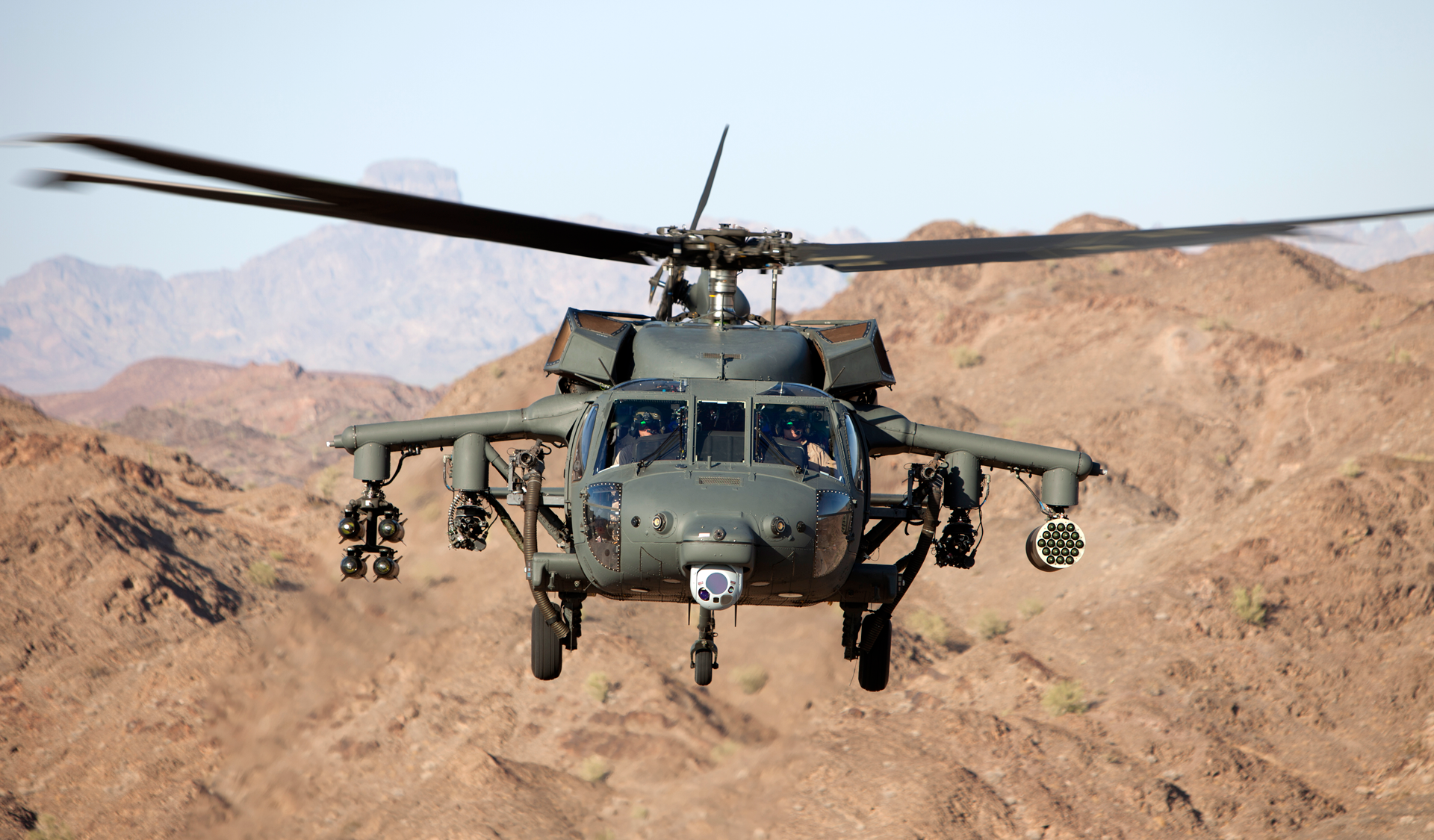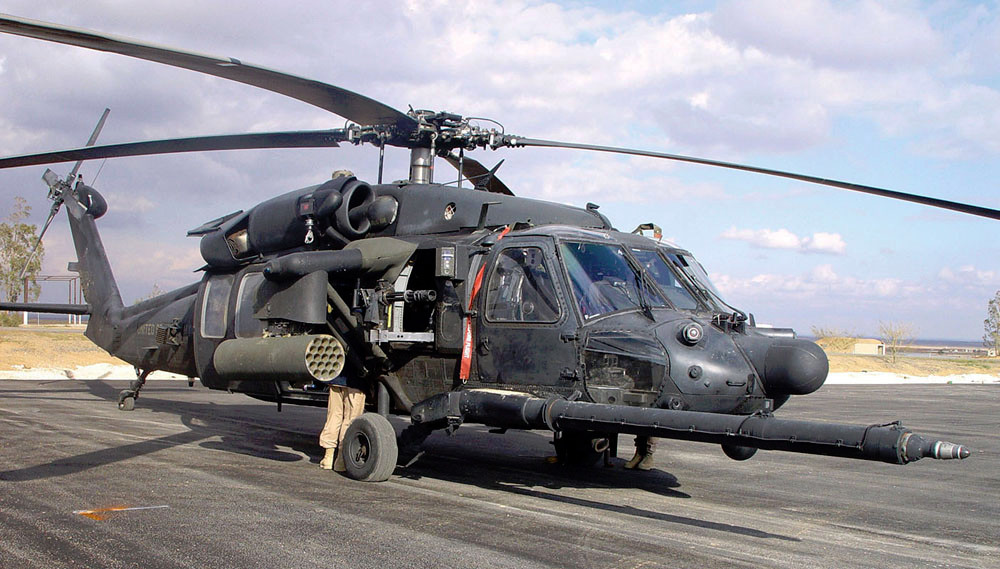Why the Blackhawk Helicopter Stands Apart as a Leader in Modern Helicopter Style
Why the Blackhawk Helicopter Stands Apart as a Leader in Modern Helicopter Style
Blog Article
Discovering the Thrills and Innovations of the Blackhawk Helicopter
The Blackhawk helicopter stands as a testimony to armed forces aviation's advancement, merging technical improvements with useful applications. Since its introduction in the 1960s, it has transformed the landscape of airborne support, boasting features that boost its performance in numerous operational functions. As we explore its historical significance and vital innovations, one need to consider just how honest growths might redefine its capabilities. What exists in advance for this iconic aircraft, and exactly how will emerging modern technologies shape its future in military operations?
Background of the Blackhawk Helicopter
Since its creation in the 1960s, the Blackhawk helicopter has actually played an essential duty in modern military aeronautics. Created by Sikorsky Airplane, the UH-60 Blackhawk was designed to meet the U.S. Army's need for a versatile utility helicopter with the ability of doing a range of goals, consisting of army transportation, medical discharge, and freight airlift. The layout was a response to the limitations of earlier helicopters, specifically in regards to rate, ability to move, and survivability.
The Blackhawk made its very first flight in 1974 and quickly entered service in 1979. Its introduction marked a significant innovation in helicopter innovation, including a two-rotor system that boosted efficiency and security. The aircraft's rugged construction and advanced avionics permitted it to operate properly in varied atmospheres and problems.
Throughout the years, the Blackhawk has been continually upgraded, integrating lessons picked up from various combat situations. Its release in problems such as the Gulf Battle, Somalia, and the Battle on Fear additional strengthened its credibility as a vital asset. The Blackhawk's legacy is identified by its versatility and durability, making it a keystone of army aeronautics for decades.
Key Functions and Specs
The Blackhawk helicopter is distinguished by its durable style and progressed technical functions, which collectively boost its functional abilities. Made largely for utility missions, the Blackhawk boasts an optimum launch weight of approximately 22,000 extra pounds, enabling it to bring considerable payloads while maintaining agility.
Furnished with 2 General Electric T700-GE-701C engines, the Blackhawk achieves a maximum speed of around 183 knots and a series of 368 maritime miles - Blackhawk Helicopter. Its cutting edge rotor system features a four-blade primary blades and a four-blade tail rotor, making certain security and ability to move in different flying conditions
The helicopter's cabin can fit approximately 11 soldiers or numerous cargo setups, showcasing convenience in mission profiles. In addition, the Blackhawk is designed with sophisticated avionics, consisting of electronic trip controls and a comprehensive cabin screen, enhancing pilot situational understanding.
For enhanced survivability, the Blackhawk includes ballistic shield and self-sealing fuel containers. Its capability to operate in varied settings, from deserts to icy terrains, additionally solidifies its credibility as a reliable platform for humanitarian and army procedures alike. The Blackhawk's mix of power, adaptability, and strength makes it a foundation of contemporary aerial capacities.
Advancements in Technology
Advancements in innovation have considerably improved the capacities of the Blackhawk helicopter, guaranteeing it continues to be at the leading edge of armed forces aeronautics. One of one of the most remarkable improvements is the combination of advanced avionics systems, which offer enhanced situational awareness via real-time information processing and screen. This innovation allows pilots to browse complicated settings better, enhancing mission success rates.

Additionally, the intro of digital fly-by-wire systems has actually revolutionized the control mechanisms of the Blackhawk, giving smoother handling and raised responsiveness. These systems facilitate sophisticated maneuverability, crucial in high-stakes situations. Finally, improvements in communication and networking modern technologies allow seamless coordination among units, enhancing general operational performance. Jointly, these technical developments make sure that the Blackhawk helicopter continues to be an important asset in contemporary military procedures.
Functions in Armed Force Procedures
With advanced innovation boosting its abilities, the Blackhawk helicopter plays a multifaceted function in army procedures. Mostly, it is utilized for army transportation, enabling fast release and removal of workers in numerous fight scenarios. Its roomy cabin can accommodate approximately 11 soldiers, making it a necessary property for large-scale missions and unique operations.
Furthermore, the Blackhawk offers as a medevac system, outfitted to transport injured soldiers swiftly and successfully from the battlefield to medical centers - Blackhawk Helicopter. Its adaptability expands to logistical assistance, where it carries supplies and equipment critical for maintaining armed forces operations in remote locations

The helicopter is additionally critical in reconnaissance missions, supplying airborne surveillance and intelligence-gathering capacities. Its capability to operate in diverse environments-- varying from urban settings to extreme surfaces-- further solidifies its importance on the battlefield.
Moreover, the Blackhawk can be furnished with innovative weapons, permitting it to engage in combat and provide close air assistance. This adaptability underscores the helicopter's indispensable duty in contemporary military approaches, making it a crucial component of armed pressures worldwide.
Future Advancements and Innovations
Advancements in technology promise to usher in a new period for the Blackhawk helicopter, enhancing its abilities and functional efficiency. Future growths for the Blackhawk might include improvements in avionics, such as innovative trip control systems and enhanced situational understanding devices powered by artificial intelligence.
Moreover, the combination of unmanned systems is on the horizon, possibly enabling manned-unmanned teaming operations that can expand objective profiles and reduce risk to workers. The Blackhawk's layout is additionally expected to include lighter and more powerful products, improving fuel efficiency and total efficiency.

Conclusion
Finally, the Blackhawk helicopter stands for a substantial accomplishment in armed forces aviation, defined by its flexibility and advanced technical attributes. Its historical development mirrors a continuous action to operational needs, improving capabilities in different functions such as army transportation and medevac operations. Ongoing advancements, consisting read of the assimilation of expert system and hybrid-electric propulsion, guarantee to more enhance the Blackhawk's performance and importance in future army engagements, ensuring its status as a vital possession on the combat zone.

With innovative technology enhancing its abilities, the Blackhawk helicopter plays a complex role in military operations. (Blackhawk Helicopter)
Report this page